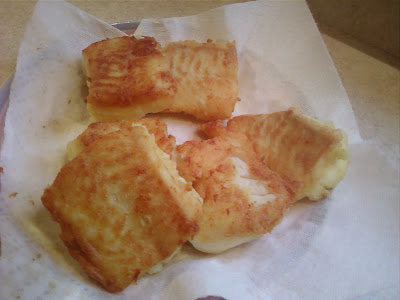
Another reason why I don’t get to listen to much newer music is that I’m a “repeater”. Once I get a hold of something I like, I find it real difficult to put it down.
Case in point the James Brown live album, “LOVE-POWER-PEACE”. I have been listening to this thing practically non stop for three years…..that’s right..YEARS.
It’s just so damn good. First off, it’s recorded in 1971 during what’s arguably the height of the Godfather’s powers. Second, most of the members of what would become George Clinton’s Parliament/Funkadelic are represented here, including the incredible Bootsy Collins on bass.
So it goes without saying that the band is smoking hot, beyond smoking. On fire is more like it. With James Brown as their boss, there’s no alternative. In fact the main reason these musicians left him was because of all of the rules and regulations he forced onto them while in his employ. The JB’s all wore tuxedos, no exceptions. If a band member missed a note or skipped a beat during a concert he would be fined, ON THE SPOT. While the music was playing James would be dancing. Then he’d turn around, facing and pointing at the guilty party while dancing, writing up a fine on his hand with an imaginary pen and paper. That’s right folks, he actually worked the fining of his musicians INTO his act. How freaking ballsy is that?
The MC introduces James before he comes out. Then there’s this pre-orgasmic period where about 10 seconds elapse before JB hits the stage. The crowd goes BANANAS at that very moment. The band is playing the whole time. In fact, they almost never stop during the whole set and if they do, it’s purely for dramatic effect. They move seamlessly from song to song without missing a beat, delivering the goods at a breakneck pace. "Brother Rapp" seguewaying into "Ain't It Funky Now" is light years ahead of tight. There is a saxophone solo during “Superbad” by St Clair Pinckney that I can only compare to the sound of a wild animal being strangled to death. Of course, at the center of it all is Brown. Singing AND dancing with no help and never out of breath.
This CD basically rules my world and will continue to do so. Amazingly, although the concert was from 1971 it was never released until 1992. It’s one of those frozen in time moments that affect me so profoundly while listening, it’s hard to take anything else very seriously. So I haven’t for the better part of three years now.





























